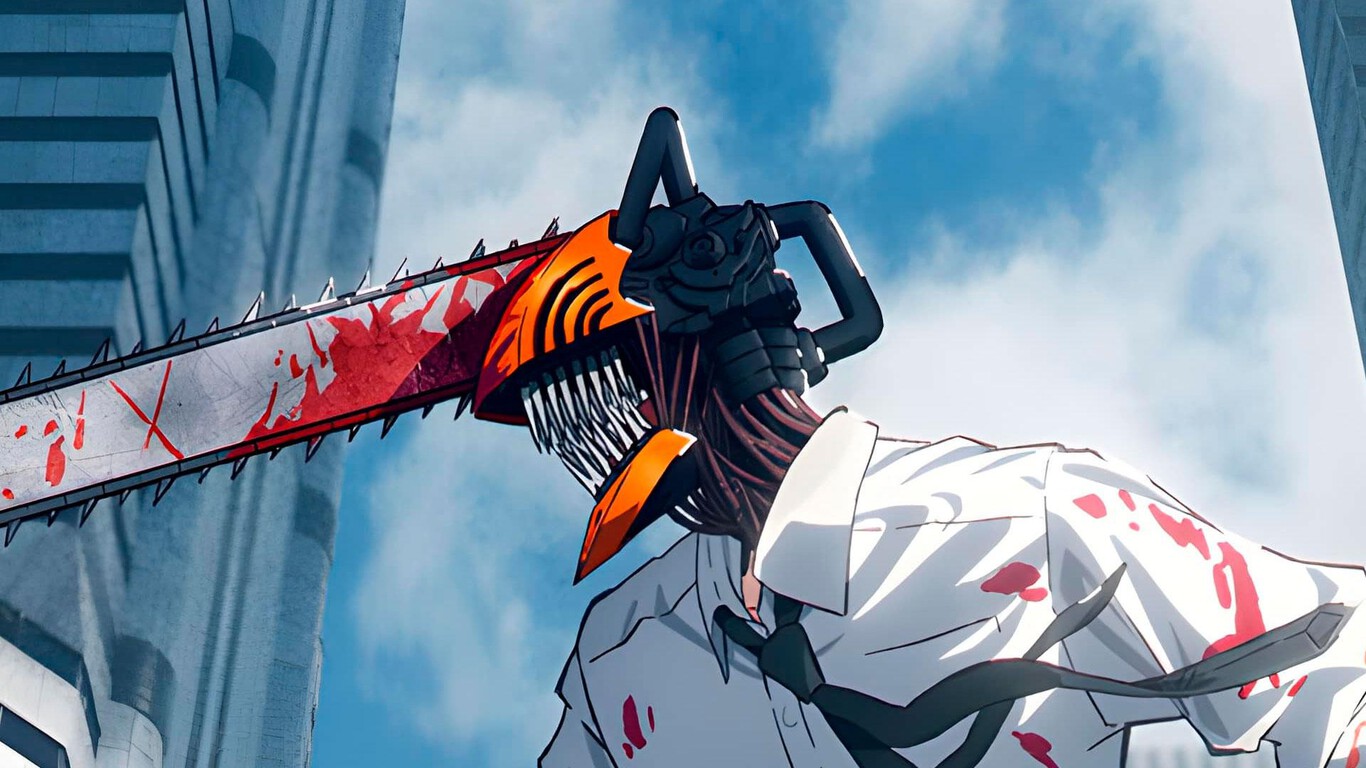Table of Contents Show
This article will contain spoilers for Chainsaw Man (2018-) manga and anime series.
In 2018 manga author, Tatsuki Fujimoto, released the first arc of his new series in the Weekly Shonen Jump, a digital shonen manga anthology in Japan, that would be later known as one of the “Best-Selling Manga Series.” It will have surpassed countless records throughout the years and will even make its way onto our TV screens barely four years after its initial release.
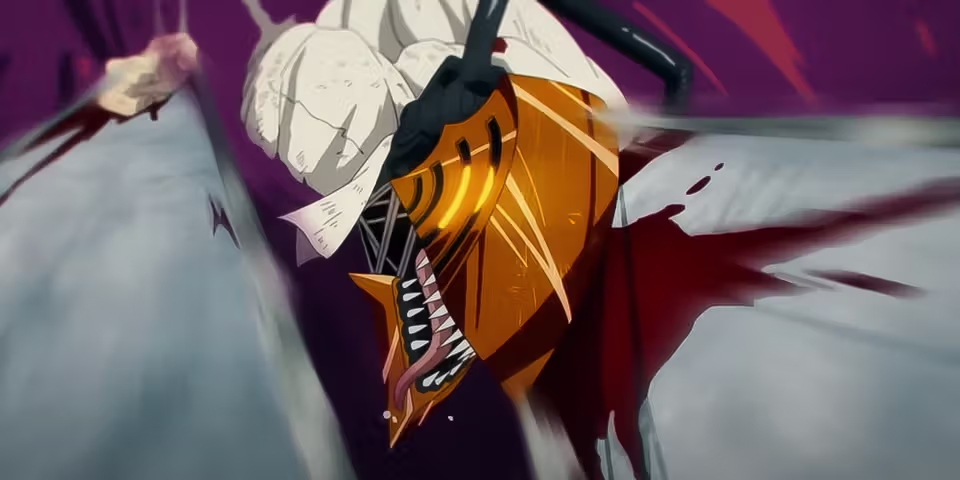
From how quickly the series garnered such a large readership, there is no doubt that Chainsaw Man (2018-) deserves all the attention that it has received; from the plot twists to the loved and hated characters — even now the series continues to grow both in popularity and overall success. Because of Fujimoto’s ability to produce well-rounded characters, and such an exciting plot, there is certainly a reason for its overall success.
The Creator Behind Chainsaw Man: Tatsuki Fujimoto
Born in Nikaho, Akita Prefecture, Japan, Fujimoto attended painting classes as a child where he learned the art skills that would later allow him to graduate with a degree in Western painting from the Tohoku University of Art and Design in Yamagata, Japan in 2014. As someone not professionally trained in manga art, one would expect him to pursue something pertaining to his degree. Fujimoto did not. In fact, straight out of high school, he published his ever manga one-shot, There Were Two Chickens In The Garden (2011).
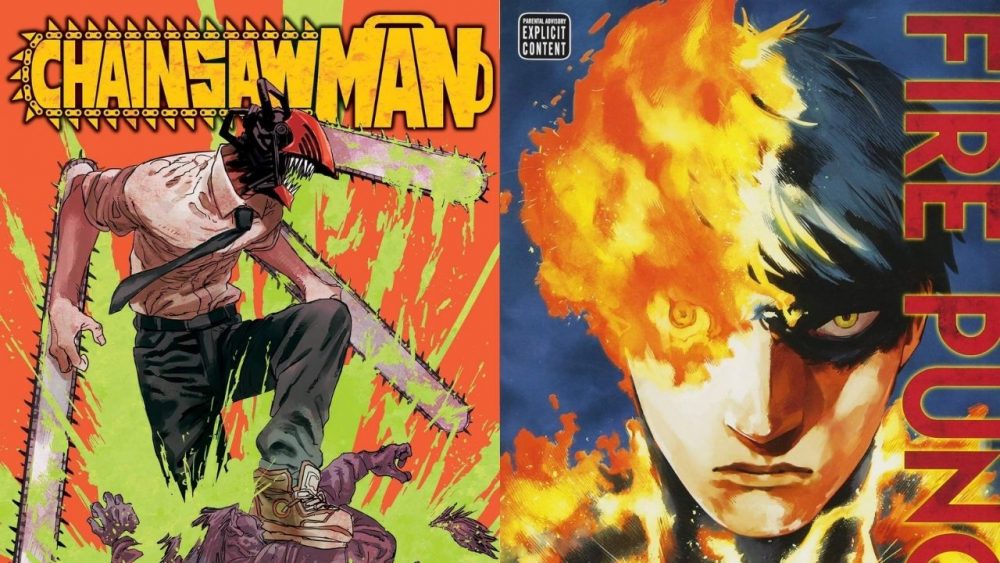
This one-shot would later fuel a line of many more to come, earning him award after award until finally in 2016 he released his first major and serialized series, Fire Punch (2016-2018) with the notable online magazine, Shonen Jump+. The eight volumed series follows the main protagonist, Agni, a boy who has the power of regeneration. Living on a frozen and barren Earth, his power is taken advantage of, leaving him in constant anguish as he later vows to get revenge.
Fire Punch (2016-2018) was nominated for the 10th Manga Tausho, a Japanese comics award, and ranked third on “This Manga Is Amazing!” a list of the best manga of 2017 for male readers. It’s this series, and the start of his acclaim, where you can see some of his later inspiration for his second major serialized work with Weekly Shonen Jump, Chainsaw Man (2018-).
Chainsaw Man (2018-)
Released on December 3, 2018, Chainsaw Man (2018-) tells the story of Denji, a teenage boy drowning in his late father’s debt, who lives in a world infested by demons born from human fears. Aside from devil hunters, those trained to hunt, extract, and form contracts that allow them to use their powers, most cower when face to face with them, Denji however, does all he can to kill them alongside his only companion, a dog-like devil named Pochita, if it meant making a few more bucks.
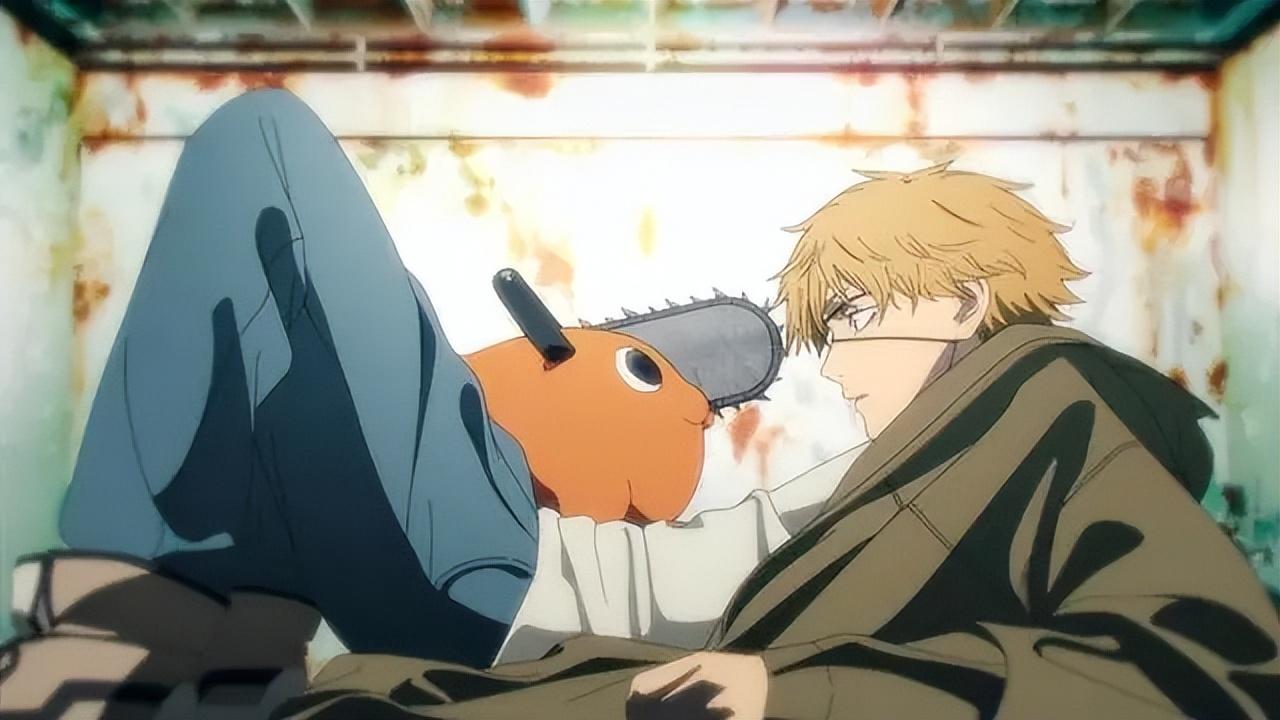
When he makes a contract with Pochita that fuses their bodies together, Denji takes revenge on his debtors, leading him to join the Public Safety Devil Hunters, a government agency focused on fighting devils. Now known to most as Chainsaw Man, Denji continues on in the first arc into the second with his public safety pals in an attempt to get closer to the real threat of humanity: the gun devil.
An Immediate Hit: The Chainsaw Man (2018-) Manga
With fourteen volumes released as of April 2023, the Chainsaw Man (2018-) manga has continued to make waves. In as early as August 2020 the series surpassed three million copies (( Luster, Joseph. “Chainsaw Man Manga Shreds Through 3 Million Copies in Circulation.” Crunchyroll. 2020. )) in circulation, a major milestone for a work not yet two years old. As a new manga at the time, these numbers are impressive, especially for one that did not have the help of an anime to boost its sales.
This number only continued to grow. In June 2021 it had eleven million copies, (( Pineda, Rafael Antonio. “Tatsuki Fujimoto’s Chainsaw Man Manga Has 11 Million Copies In Circulation.” Anime News Network. 2021. )) by September 2022 there were sixteen million copies, and in January 2023 just three months after the animes initial release, the manga has reached over twenty-three million copies in circulation. (( Samurai, Bushido. “Chainsaw Man Manga Releases Volume 13, Surpasses 23 Million Circulating Copies.” Anime Corner. 2023. ))
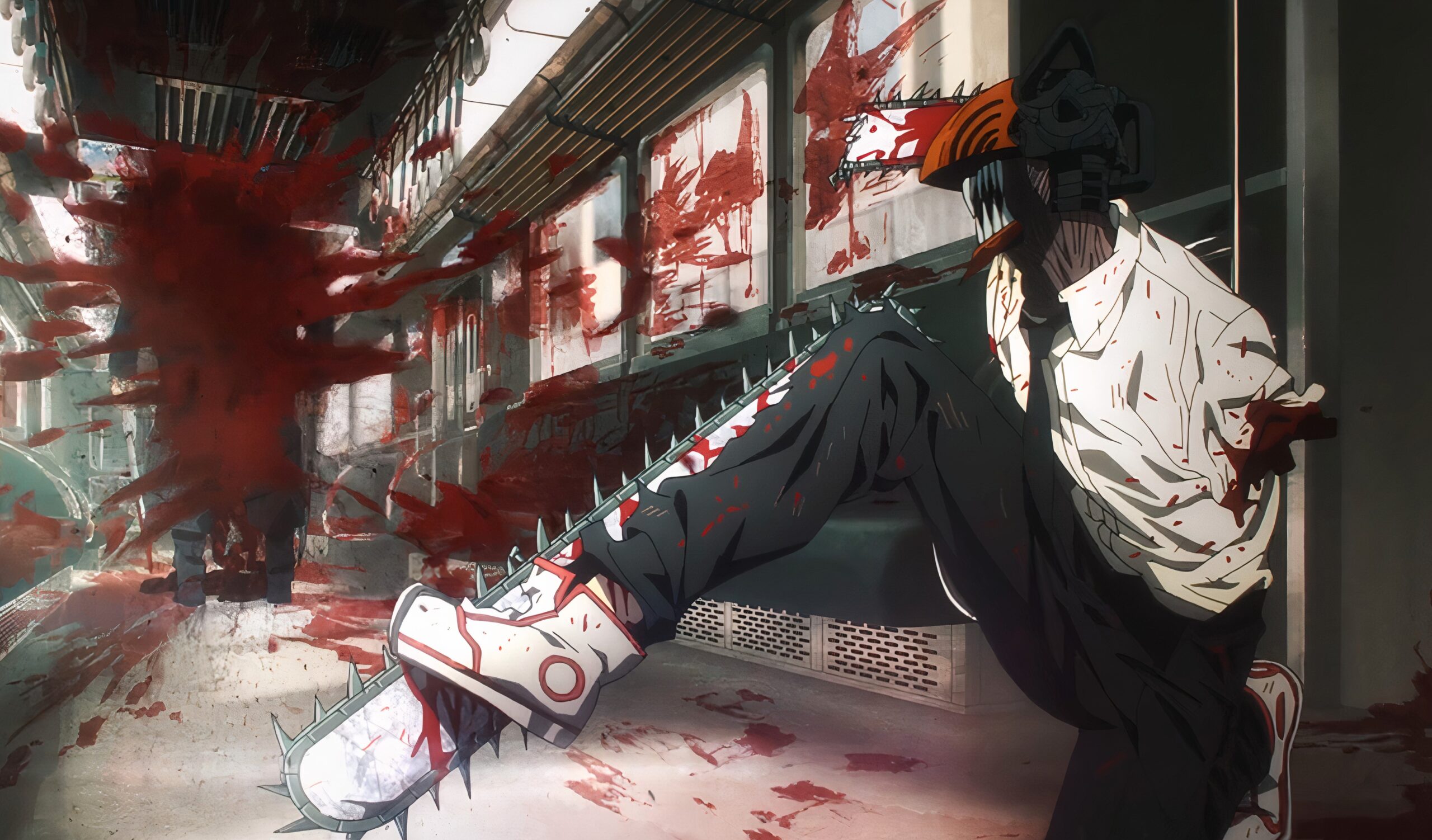
Following the immense popularity from fans Chainsaw Man (2018-) also has more than a few awards under its belt. In 2019, the series was awarded second place (( Loverbridge, Lynzee. “Spy x Family, Kusuriya no Hitorigoto Win Tsugi ni Kuru Manga Award 2019.” Anime News Network. 2019. )) in the Next Manga Awards and placed eighth (( Pineda, Rafael Antonio. “Tsubasa Yamaguchi’s The Blue Period. Manga Wins 13th Manga Taisho Awards.” Anime News Network. 2020. )) in the 2020 Manga Taisho awards.
From then on, Fujimoto’s work went on to snag seven wins even earning the best manga award (( Hodgkins, Crystalyn.. “Tatsuki Fujimoto’s Chainsaw Man Manga Wins Harvey Award for Best Manga for 2nd Straight Year.” Anime News Network. 2022. )) two years in a row at the Harvey Awards. The anime series as well has been critically acclaimed and has been nominated for the 2023 Annecy International Animation Film Festival’s “TV Films” (( Mateo, Alex. “Chainsaw Man Anime, Oni: Thunder Gods Tale Animated Series Compete at Annecy.” Anime News Network. 2023. )) category.
The reason for such wide success can only be attributed to not only Fujimoto’s plot which has readers at the edge of their seats but also the never-ending array of unique characters.
Chainsaw Man‘s (2018-) Captivating Plot
Within the fourteen volumes, the series has been divided into two arcs that truly does separate each part from another. As a manga with death and destruction in the form of devils at the forefront of this story, it is very easy to compare it to similar mangas like Jujitsu Kaisen (2018-) and Attack On Titan (2009-2021) in the way that none shy away from killing off even the most beloved character.
While some may not like that aspect it definitely brings more to the plot than it would if they all lived happily ever after. It has a more realistic feel to it and definitely instills this anticipation of what is going to happen next. By moving in this direction, Fujimoto shows that no one is safe from the pain and suffering of losing a colleague, dying themself, or in Aki Hayakawa’s case, becoming one thing you hate most in the world.
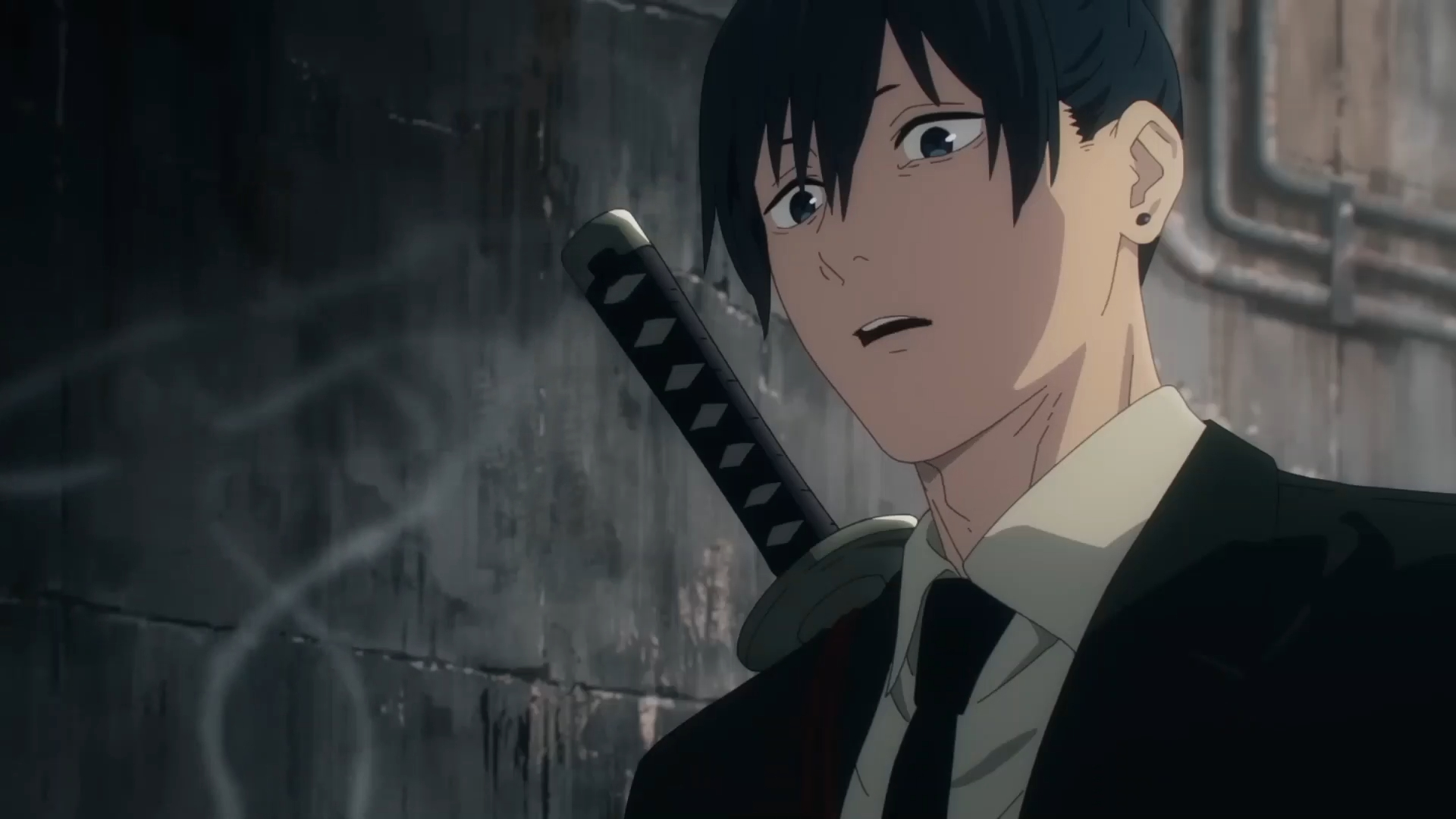
Not only that but the progression of the series, going from teaching Denji how to behave in a socially acceptable manner, training him, to him being the object of all of the devil’s bloodlust, keeps the reader engaged as the issues they all face begin to grow in ways no one thought possible when all Denji originally wants is to get a girlfriend.
The questions the series raises as it continues are another one of its captivating aspects. One has to wonder, as the chainsaw devil, just how powerful is Denji? When will his full potential be reached? And more.
The second arc continues to bring about more questions, leaving a trail of heartache in its wake, as the focus is on a completely new character, Asa Mitaka, whose mission from the war devil she has a contract with is to kill Denji. Here we see the characters interact quite differently than they had before. Denji goes to school, goes on dates and just when everything seems like it is finally going well, more chaos in the form of being sent to Hell and trying to escape it, ensues.
Fujimoto’s Use Of Film In Chainsaw Man’s (2018-) Visuals
Fujimoto does a good job at making what might sound random, work well. He is known for taking inspiration from horror, action, and classic films like Pulp Fiction (1994). A scene he referenced can be recognized in the opening title credits when Kishibe is pointing a gun at the camera. He has taken scenes like this and has seamlessly added multiple film references into the manga that helps elevate it.
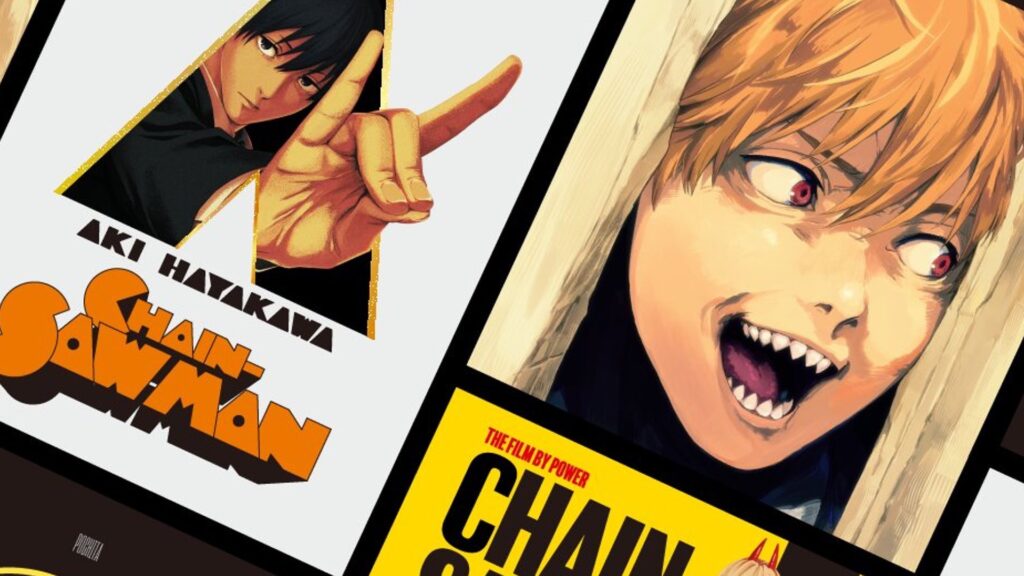
For instance, in episode six titled, “The Devil,” (( Chainsaw Man. “The Devil.” Crunchyroll, 23:54. November 15, 2022. )) the hotel they get stuck inside can be seen as a reference to The Shining. Every devil and the occurrences they encounter aligns with one of the manga’s original ideas which is to include human fears in every aspect of the devils.
There is a sort of finish line that is reached as well, such as when Denji accomplishes part of his original goal to kill the gun devil, losing countless people as a result. He meets this goal and is released from his duties to go about on his own. However, before getting comfortable, Denji still has to deal with the prospect that the devils still want him dead. As readers those same questions return which makes it a difficult manga to not keep up with. Denjis’s development along with the other characters simply adds to that.
The Characters Of Chainsaw Man (2018-)
One of the great parts of the Chainsaw Man (2018-) series most definitely has to do with the characters. From brash Denji to the professional Makima, Fujimoto has created a set of individuals that make reading the manga an easy task even if not all live to see the recent volumes. A lot of them are very three-dimensional. They all have these in-depth backstories that the reader cannot help but empathize with.
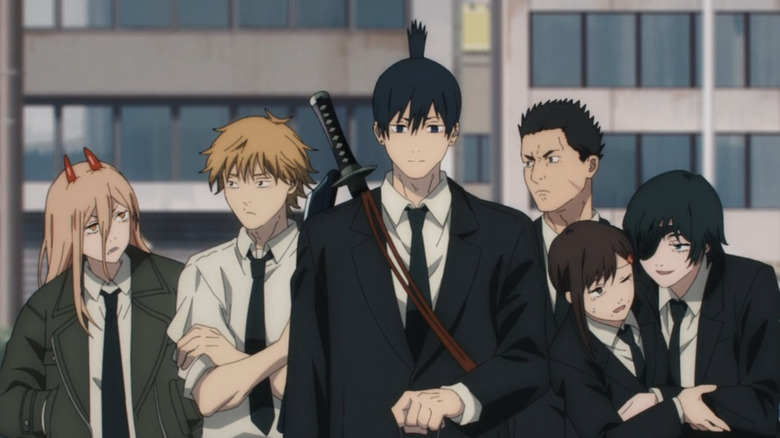
Denji, for instance, has been dealt a pretty harsh hand since he was younger. Having to pay back his fathers’ debt, going days on end without food, and never receiving a proper education, his character struggles. When he joins public safety, Fujimoto does something quite realistic with Denji by making him someone who pushes aside all of his past trauma. Readers rarely see Denji have a moment where his past abuse is visibly affecting him.
The times where this can be observed are when he is thinking about Pochita, the only thing that has ever truly loved him, and when he is put up against the gun devil and Makima and sees his friends die before his eyes. It is apparent as the series progresses, with Denji’s main goal to get a girlfriend, that all he really wants is to find his place and be loved. Despite Denjis’s somewhat hard-to-understand personality, he is a character that is difficult to not want to see how he develops. Fujimoto does similar things to the other characters from the public safety arc.
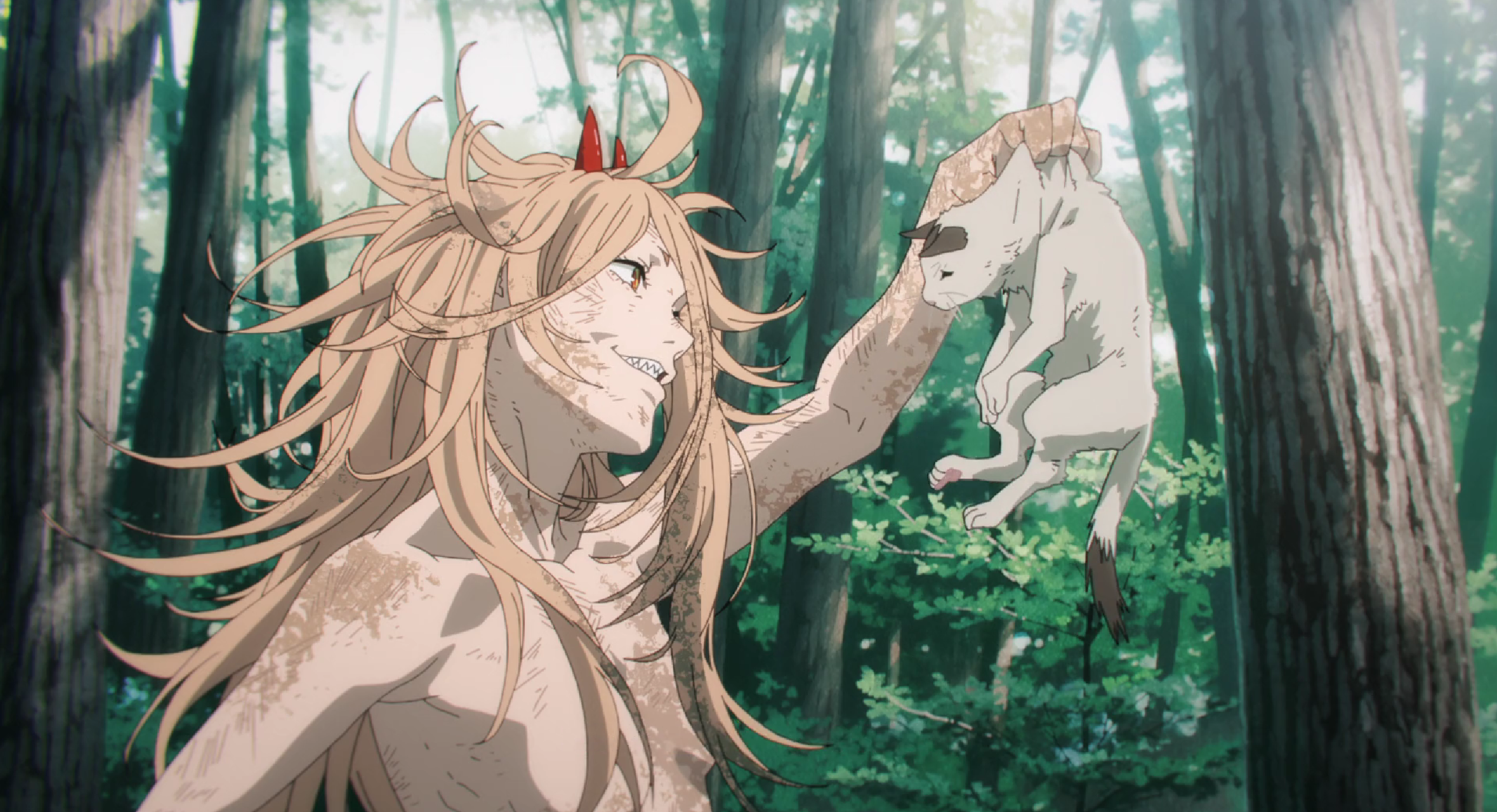
Power, a blood devil fiend who possesses the body of an unknown woman, is, according to how the other devils act, someone who should not feel deep connections with others, let alone humans. As a blood devil, her one and only thought should be killed, yet, Power breaks away from that. Granted if she did kill an innocent Makima would have her head, however, there is a part in the series where Power takes in a stray cat. Devils are known for being ruthless and while Power is, Fujimoto has given her character a sort of depth that has made her character lovable to not only fans but those in the series as well.
Taking care of these two broken individuals, is one himself, Aki Hayakawa. As a caretaker who has continuously lost his loved ones, Aki does not hold his own life in many regards. He only wants revenge on the gun devil that killed his family. It is this characteristic of his that is very reminiscent of a lot of Shonen characters. Eren Yeager, Kurapika, and Sasuke Uchiha, all had the same goal in mind: to get revenge.
It is this part of Aki that drives his character forward. What is interesting to see, however, is when he starts to feel a familial sort of love towards Denji and Power and his ideals shift. He knows he is not powerful enough to kill the gun devil so he entrusts that to Denji.
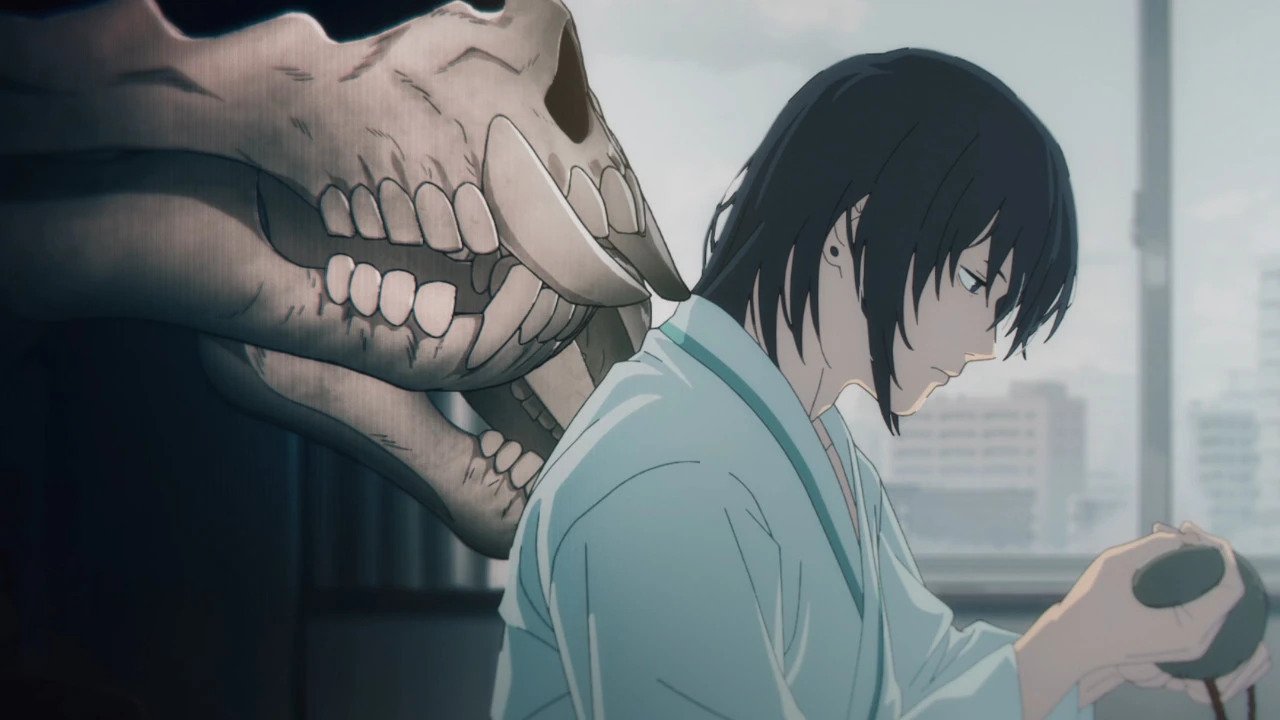
It may seem like Aki is throwing him to the wolves but as shown in the series, Aki is not someone who can easily trust others. Fujimoto only expands on his character when Aki makes a contract with the future devil and is shown how everything will pan out if they go after the gun devil. His real growth is shown when he approaches Kishibe and he tells him he cannot go through with the mission because if they did, Denji and Power would suffer a painful death.
This became Akis’ real fear which goes to show just how much he has changed from being someone who despised devils to him deeply caring about the well-being of the two. These are simply the main characters but with their complicated pasts and even more complicated futures, they are lovable, truly becoming a driving force of the mangas despite some of their unfortunate ends.
An Ever-Growing Community
Being a manga series that has only been around for a little less than four years, Chainsaw Man (2018-) has accumulated an audience and fanbase that has the power to keep the series going for as long as Fujimoto intends. Especially when as of January fourteenth, 2023, the series became one of the most-watched TV shows in Japan. (( Sahu, Dharmesh. “Chainsaw Man Episode 11 Reaches Record Viewership, See More Weekly Anime Ratings.” TV Fandom Lounge. 2023. )) While there has not been an official announcement from MAPPA in regards to a season two, it is apparent that one is in the works and will grace our TV screens soon.
